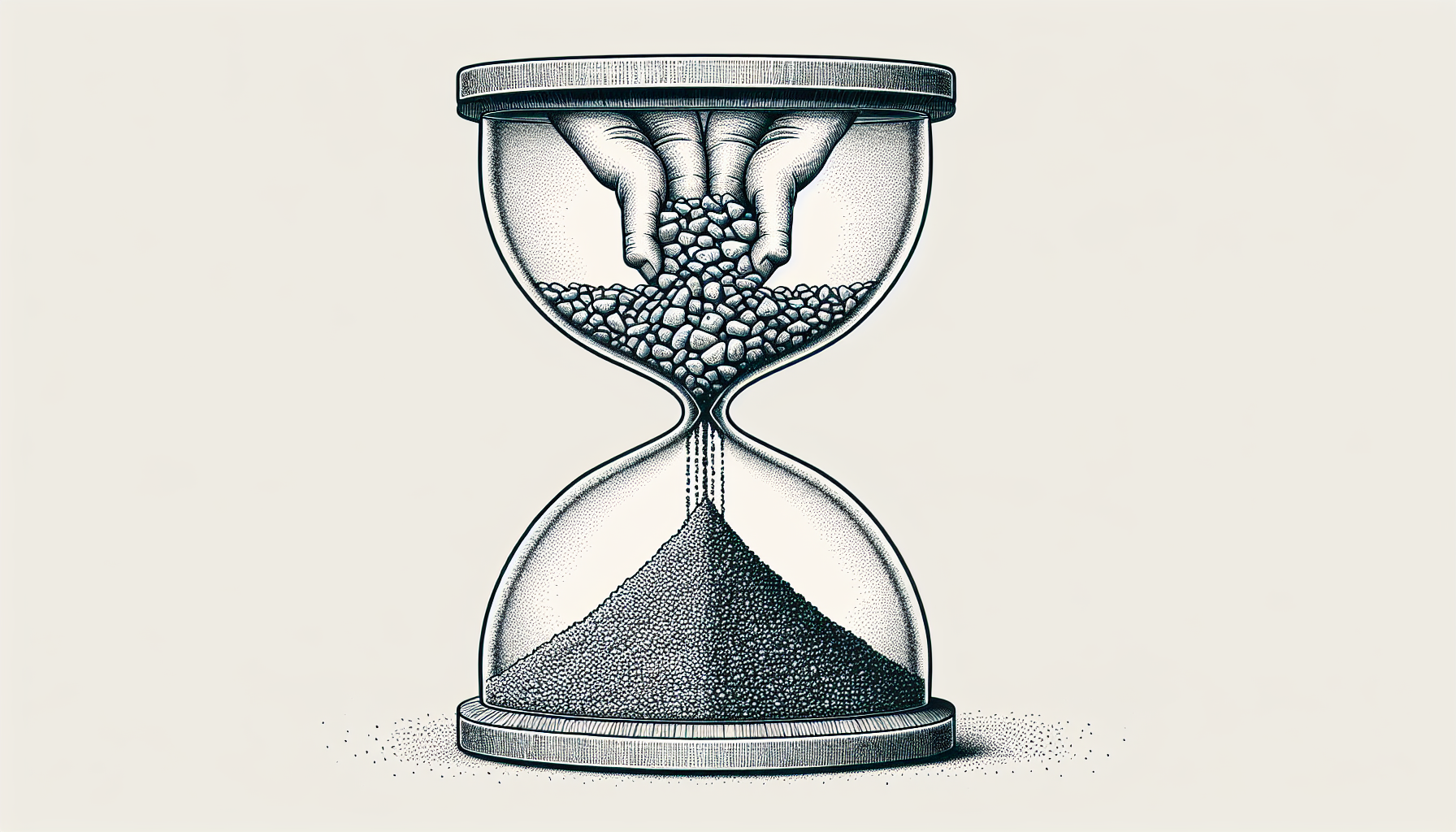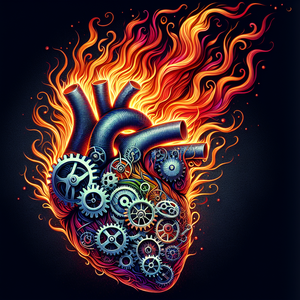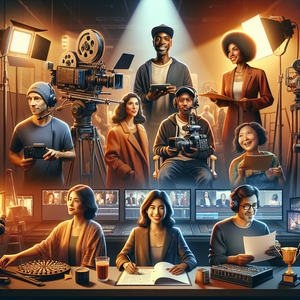From Credits to Careers: How Film Can Shape Young Minds

Research indicates that children's career aspirations are heavily influenced by their surroundings and experiences. In the context of film, exposure to various job titles in the credits can broaden a child’s understanding of the possibilities available to them. The credits on a movie screen showcase roles such as sound engineers, editors, visual effects artists, and more—positions that may be entirely foreign to a young audience. When these roles are displayed in conjunction with a beloved film, they can pique curiosity and intrigue. For instance, a child who might not have considered a career in sound design may suddenly find it appealing after learning that their favorite sound effects were created by a dedicated professional.
Encouraging Curiosity and Discussion
After watching a film, parents have a unique opportunity to facilitate meaningful discussions about the credits. By pointing out various roles and asking thought-provoking questions—such as, "Did you know there are people whose job is to create the sounds we hear in movies?" or "What do you think a costume designer does?"—parents can spark curiosity in their children. These conversations help children recognize the collaborative nature of filmmaking while also encouraging them to think critically about diverse career options. Engaging in such discussions empowers children to envision themselves in roles they may not have previously considered, expanding their horizons in the process.
Activities to Foster Engagement
To further nurture interest in film careers, parents can implement hands-on activities that align with the various roles seen in film credits. Here are a few engaging ideas: 1. **Role Play**: Organize a family movie night where each member is assigned a different role in the filmmaking process. One person might be the director, another the actor, while others can take on the roles of scriptwriter or set designer. This interactive experience emphasizes the collaborative nature of filmmaking and gives children a sense of ownership in the creative process. 2. **Creative Projects**: Encourage children to create their own short films or animations. This can involve writing a script, designing costumes, or storyboarding their ideas. Utilizing simple apps or platforms like Stop Motion Studio can make the creative process more accessible and fun. 3. **Workshops and Community Projects**: Many communities offer workshops that focus on filmmaking, animation, or theater arts. Enrolling children in these programs allows them to explore their interests under professional guidance and gain practical experience in various roles.
Supporting Examples and Evidence
Several organizations and initiatives aim to bridge the gap between children and filmmaking. Programs like “Young Filmmakers” provide children with hands-on experience in various roles, fostering a deeper understanding of the filmmaking process. Furthermore, schools that integrate film studies into their curriculum have reported increased student interest in creative careers. Such initiatives underscore the importance of exposure and practical experience in shaping young minds and aspirations.
While film credits may often be dismissed as an afterthought, they hold tremendous potential to inspire the next generation of filmmakers, animators, and creative professionals. By recognizing and discussing the diverse roles that contribute to filmmaking, parents can empower their children to explore exciting career paths. As children gain insight into the teamwork and creativity involved in film production, they may find themselves inspired to pursue their aspirations in the arts. Ultimately, the journey from credits to careers can serve as a powerful catalyst for creativity and self-discovery, shaping young minds for years to come. By fostering an environment of exploration and discussion around film credits, we can help cultivate the next generation of storytellers and visionaries.
Sound Designer
Warner Bros., independent production companies, post-production houses
Responsibilities
Responsible for creating the audio landscape of a film, including sound effects, dialogue, and ambient sounds.
Collaborates closely with directors and editors to ensure the audio complements the visuals and enhances the storytelling.
Requires proficiency in audio editing software (e.g., Pro Tools, Logic Pro) and an understanding of acoustics and sound theory.
Visual Effects (VFX) Artist
Industrial Light & Magic (ILM), Weta Digital, boutique VFX studios
Responsibilities
Creates digital effects that enhance or create scenes that cannot be captured on camera, such as explosions, fantasy creatures, or complex environments.
Works with compositing software (e.g., Adobe After Effects, Nuke) and 3D modeling tools (e.g., Maya, Blender) to integrate VFX seamlessly into live-action footage.
Requires strong artistic skills, a keen eye for detail, and familiarity with the principles of animation.
Costume Designer
film production companies, theater groups, television networks
Responsibilities
Designs and creates the costumes that define the characters and reflect the film's setting and period.
Conducts research on historical clothing, fabric choices, and character psychology to create visually compelling outfits.
Requires strong sewing skills, creativity, and knowledge of fashion history, along with the ability to collaborate with directors and production designers.
Film Editor
production companies, television networks, post-production houses
Responsibilities
Assembles raw footage into a coherent, compelling narrative, working closely with directors to achieve the desired pacing and emotional impact.
Uses editing software (e.g., Adobe Premiere Pro, Avid Media Composer) to cut, trim, and arrange scenes while adding transitions and effects.
Requires a strong understanding of storytelling, timing, and visual continuity, as well as the ability to incorporate feedback effectively.
Animator (2D/3D)
Pixar, DreamWorks, independent studios
Responsibilities
Creates animated sequences for films, commercials, or video games using both traditional and digital techniques.
Involves storyboarding, character design, and the use of animation software (e.g., Toon Boom Harmony, Autodesk Maya) to bring characters and scenes to life.
Requires artistic talent, knowledge of movement principles, and strong technical skills in animation software.


